SLOS358C September 2011 – April 2020 THS4531
PRODUCTION DATA.
- 1 Features
- 2 Applications
- 3 Description
- 4 Revision History
- 5 Packaging and Ordering Information
- 6 Electrical Specifications
- 7 Device Information
- 8 Table of Graphs
- 9 Typical Characteristics: VS = 2.7 V
- 10Typical Characteristics: VS = 5 V
-
11Application Information
- 11.1 Typical Characteristics Test Circuits
- 11.2
Application Circuits
- 11.2.1 Differential Input to Differential Output Amplifier
- 11.2.2 Single-Ended Input to Differential Output Amplifier
- 11.2.3 Differential Input to Single-Ended Output Amplifier
- 11.2.4 Input Common-Mode Voltage Range
- 11.2.5 Setting the Output Common-Mode Voltage
- 11.2.6 Single-Supply Operation
- 11.2.7 Low Power Applications and the Effects of Resistor Values on Bandwidth
- 11.2.8 Driving Capacitive Loads
- 11.2.9 Audio Performance
- 11.2.10 Audio On and Off Pop Performance
- 11.3 Audio ADC Driver Performance: THS4531 AND PCM4204 Combined Performance
- 11.4 SAR ADC Performance
- 11.5 EVM and Layout Recommendations
- 12Device and Documentation Support
- 13Mechanical, Packaging, and Orderable Information
封装选项
机械数据 (封装 | 引脚)
散热焊盘机械数据 (封装 | 引脚)
- RUN|10
订购信息
9 Typical Characteristics: VS = 2.7 V
Test conditions unless otherwise noted: VS+ = 2.7 V, VS– = 0 -, CM = open, VOUT = 2 Vpp, RF = 2 kΩ, RL = 2 kΩ differential, G = 1 V/V, single-ended input, differential output, input and output referenced to mid-supply unless otherwise noted.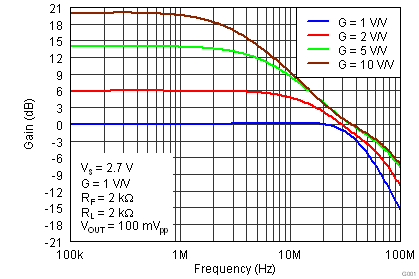 Figure 1. Small-Signal Frequency Response
Figure 1. Small-Signal Frequency Response 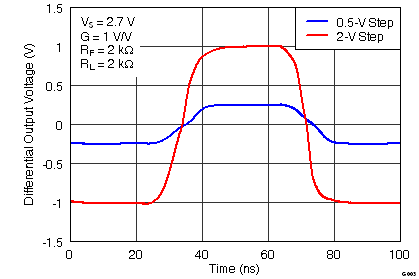 Figure 3. Large and Small-Signal Pulse Response
Figure 3. Large and Small-Signal Pulse Response 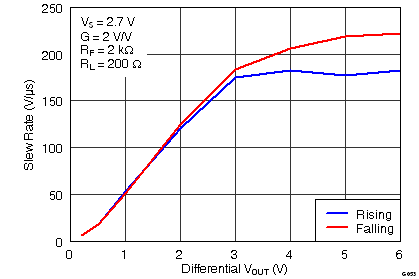 Figure 5. Differential Slew Rate vs VOUT Step
Figure 5. Differential Slew Rate vs VOUT Step 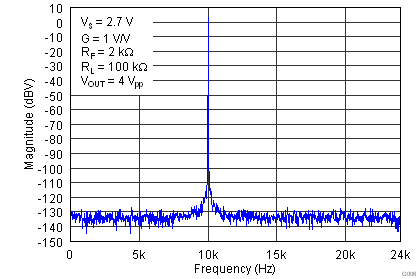 Figure 7. 10 kHz FFT On Audio Analyzer
Figure 7. 10 kHz FFT On Audio Analyzer 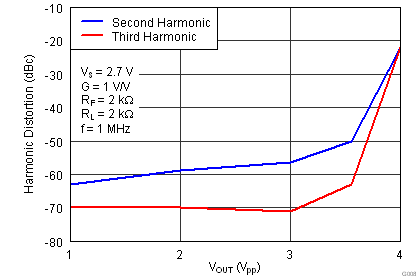 Figure 9. Harmonic Distortion vs Output Voltage at 1 MHz
Figure 9. Harmonic Distortion vs Output Voltage at 1 MHz 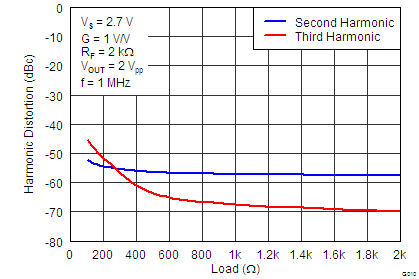 Figure 11. Harmonic Distortion vs Load at 1 MHz
Figure 11. Harmonic Distortion vs Load at 1 MHz 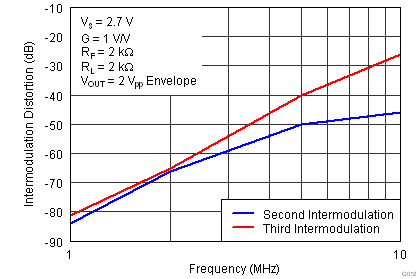 Figure 13. Two-Tone, 2nd and 3rd Order Intermodulation Distortion vs Frequency
Figure 13. Two-Tone, 2nd and 3rd Order Intermodulation Distortion vs Frequency 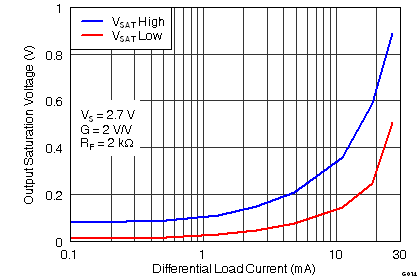 Figure 15. Single-Ended Output Saturation Voltage vs Load Current
Figure 15. Single-Ended Output Saturation Voltage vs Load Current 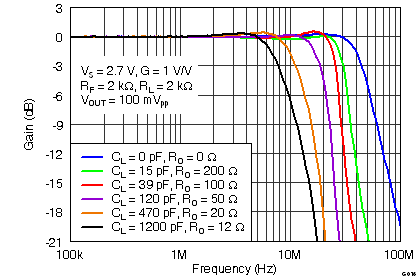 Figure 17. Frequency Response vs CLOAD
Figure 17. Frequency Response vs CLOAD 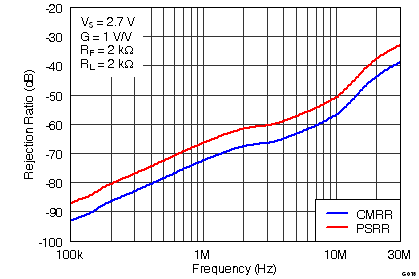 Figure 19. Rejection Ratio vs Frequency
Figure 19. Rejection Ratio vs Frequency 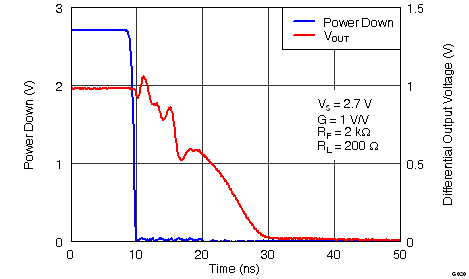 Figure 21. Turn-Off Time
Figure 21. Turn-Off Time 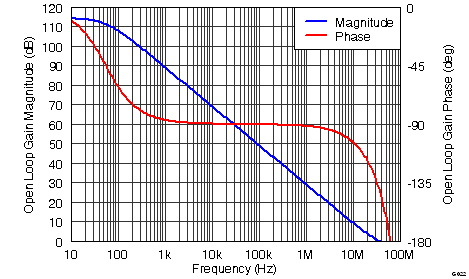 Figure 23. Main Amplifier Differential Open-Loop Gain and Phase vs Frequency
Figure 23. Main Amplifier Differential Open-Loop Gain and Phase vs Frequency 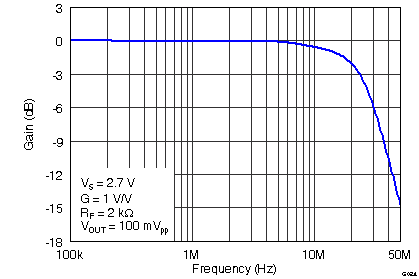 Figure 25. VOCM Small-Signal Frequency Response
Figure 25. VOCM Small-Signal Frequency Response 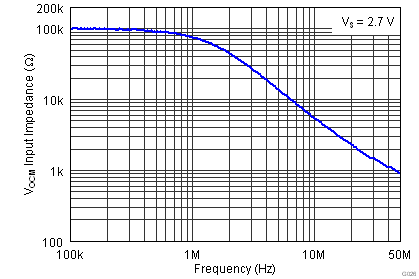 Figure 27. VOCM Input Impedance vs Frequency
Figure 27. VOCM Input Impedance vs Frequency 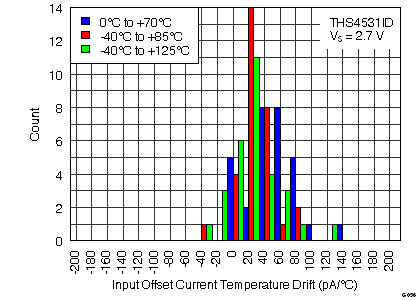 Figure 29. Input Offset Current Temperature Drift Histogram
Figure 29. Input Offset Current Temperature Drift Histogram 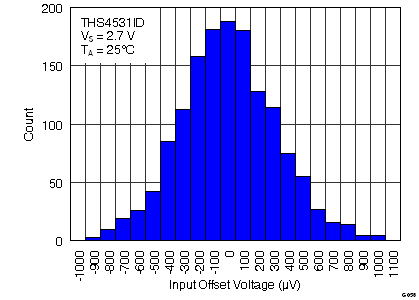 Figure 31. Input Offset Voltage Histogram
Figure 31. Input Offset Voltage Histogram 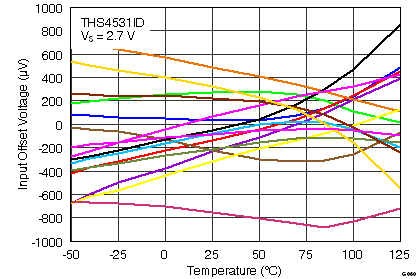 Figure 33. Input Offset Voltage vs Temperature
Figure 33. Input Offset Voltage vs Temperature 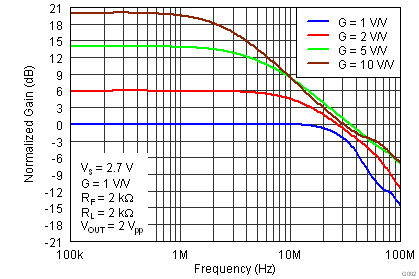 Figure 2. Large-Signal Frequency Response
Figure 2. Large-Signal Frequency Response 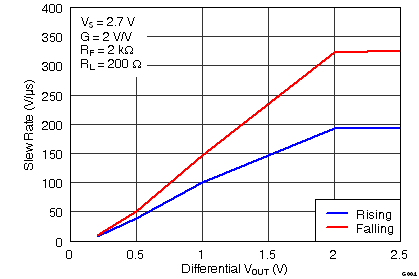 Figure 4. Single-Snded Slew Rate vs VOUT Step
Figure 4. Single-Snded Slew Rate vs VOUT Step 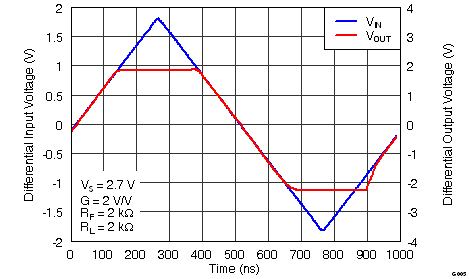 Figure 6. Overdrive Recovery
Figure 6. Overdrive Recovery 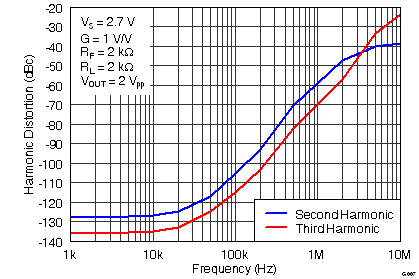 Figure 8. Harmonic Distortion vs Frequency
Figure 8. Harmonic Distortion vs Frequency 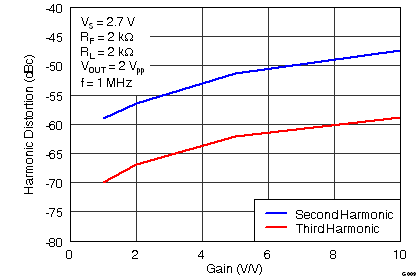 Figure 10. Harmonic Distortion vs GAIN at 1 MHz
Figure 10. Harmonic Distortion vs GAIN at 1 MHz 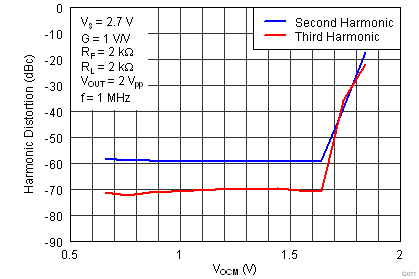 Figure 12. Harmonic Distortion vs VOCM at 1 MHz
Figure 12. Harmonic Distortion vs VOCM at 1 MHz 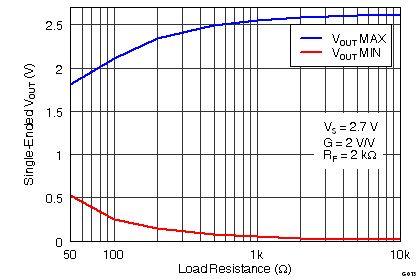 Figure 14. Single-Ended Output Voltage Swing vs Load Resistance
Figure 14. Single-Ended Output Voltage Swing vs Load Resistance 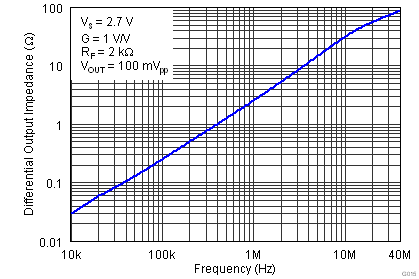 Figure 16. Main Amplifier Differential Output Impedance vs Frequency
Figure 16. Main Amplifier Differential Output Impedance vs Frequency 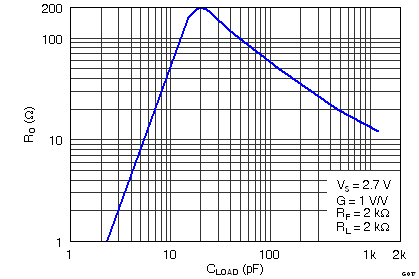 Figure 18. RO vs CLOAD
Figure 18. RO vs CLOAD 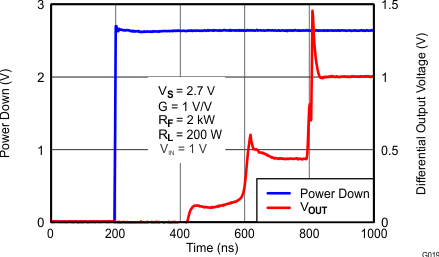 Figure 20. Turn-On Time
Figure 20. Turn-On Time 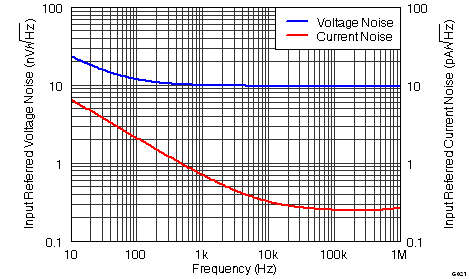 Figure 22. Input-referred Voltage Noise and Current Noise Spectral Density
Figure 22. Input-referred Voltage Noise and Current Noise Spectral Density 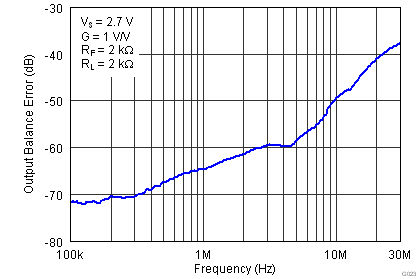 Figure 24. Output Balance Error vs Frequency
Figure 24. Output Balance Error vs Frequency 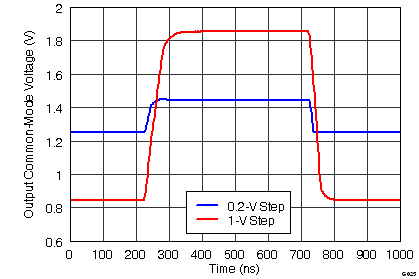 Figure 26. VOCM Large and Small-Signal Pulse Response
Figure 26. VOCM Large and Small-Signal Pulse Response 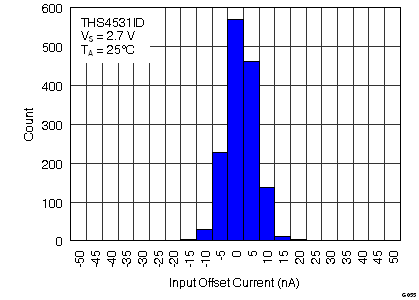 Figure 28. Input Offset Current Histogram
Figure 28. Input Offset Current Histogram 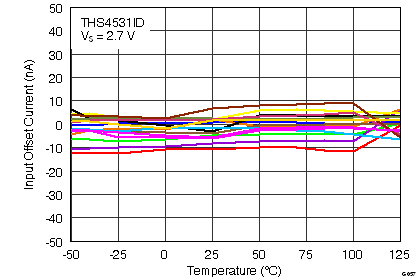 Figure 30. Input Offset Current vs Temperature
Figure 30. Input Offset Current vs Temperature 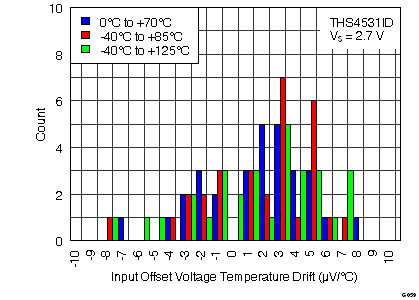 Figure 32. Input Offset Voltage Temperature Drift Histogram
Figure 32. Input Offset Voltage Temperature Drift Histogram